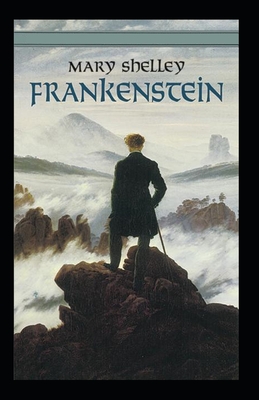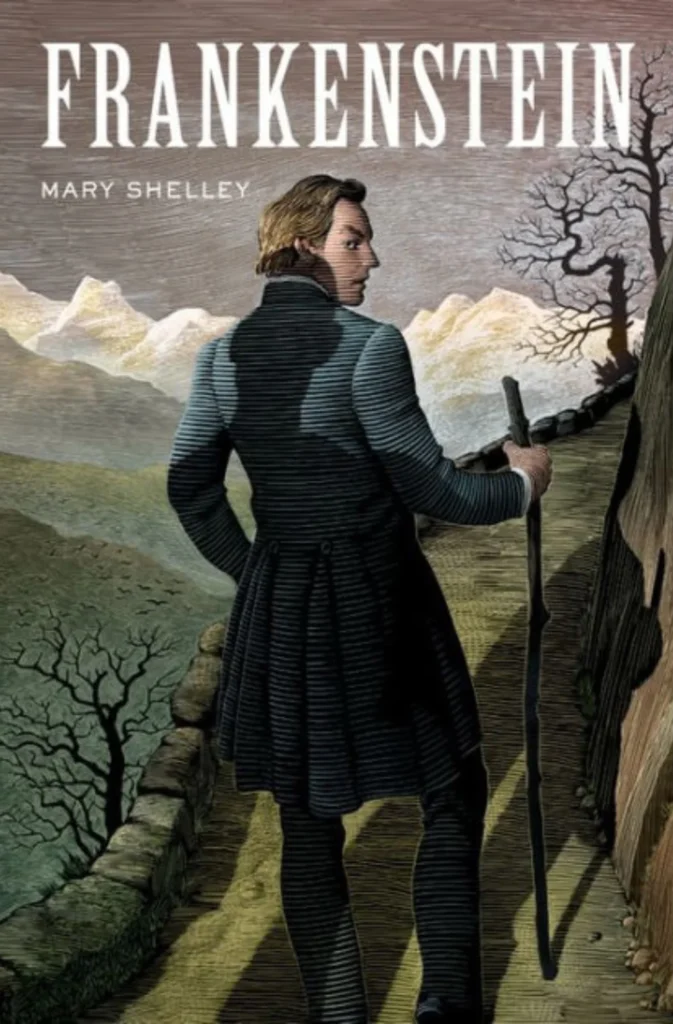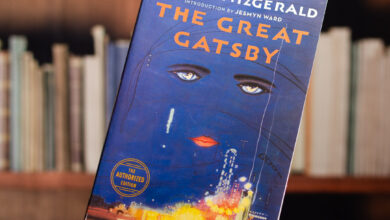Exploring Mary Shelley’s Novel Frankenstein Latest Update

Frankenstein

Mary Shelley’s “Frankenstein” stands as a testament to the power of imagination and the human fascination with the unknown. Crafted during a dark and stormy night in 1816, this novel has since become a cornerstone of the literary canon, captivating readers with its eerie atmosphere, complex characters, and profound themes.
Mary Shelley, the Creator
At just eighteen years old, Mary Shelley penned the tale of “Frankenstein” during a summer spent in Geneva, Switzerland. Inspired by a challenge issued by Lord Byron to write a ghost story, Shelley’s imagination gave birth to a narrative that would endure for centuries.
The Romantic Era and Its Influence
Set against the backdrop of the Romantic era, “Frankenstein” reflects the period’s fascination with nature, individualism, and the supernatural. Shelley’s exploration of these themes resonates with readers, offering insights into the human condition and the consequences of unchecked ambition.
Victor Frankenstein The ambitious scientist
Central to the narrative is Victor Frankenstein, a brilliant but misguided scientist whose relentless pursuit of knowledge leads to the creation of a monstrous being. Driven by his ambition to conquer death, Frankenstein’s experiment ultimately spirals out of control, unleashing chaos and tragedy upon himself and those around him.
The Creature A Tale of Creation and Abandonment
Contrary to popular culture’s depiction, the creature in “Frankenstein” is not a mindless brute but a complex and sentient being. Created in the image of man, the creature grapples with his identity and yearns for acceptance, only to be rejected by his creator and society at large.
The Quest for Knowledge
“Frankenstein” explores the dangers of unchecked ambition and the consequences of playing god. Victor Frankenstein’s relentless pursuit of knowledge leads to his downfall, serving as a cautionary tale against the hubris of scientific advancement.
Alienation and isolation
Both Victor Frankenstein and his creature experience profound feelings of alienation and isolation. Frankenstein’s obsession with his experiment alienates him from his loved ones, while the creature’s grotesque appearance condemns him to a life of solitude and rejection.
Nature vs. nurture
Shelley delves into the age-old debate of nature versus nurture through the characters of Victor Frankenstein and his Creature. While Frankenstein believes in the inherent goodness of humanity, his creation’s experiences shape him into a figure of darkness and despair.
Gothic elements in “Frankenstein”
“Frankenstein” is replete with gothic elements, from its gloomy settings to its themes of death and decay. Shelley masterfully creates an atmosphere of dread and suspense, keeping readers on the edge of their seats until the novel’s chilling conclusion.
Symbolism of the Creature
The creature in “Frankenstein” serves as a potent symbol of the Other, representing society’s fear of the unknown and the consequences of rejecting that which we do not understand. Shelley’s Creature embodies the complexities of human nature, challenging readers to confront their own prejudices and preconceptions.
Adaptations and reinterpretations
Since its publication, “Frankenstein” has inspired countless adaptations and reinterpretations across various mediums. From stage plays to blockbuster films, Shelley’s tale continues to captivate audiences worldwide, with its themes and characters evolving to reflect the concerns of each generation.
Frankenstein in Popular Culture

“Frankenstein” has permeated popular culture, becoming synonymous with the horror genre. From Halloween costumes to literary references, Shelley’s creation has left an indelible mark on our collective consciousness, its influence enduring through the ages.
RELATDE POST:
Conclusion
“Frankenstein” remains as relevant today as it was over two centuries ago. Mary Shelley’s masterpiece continues to captivate readers with its timeless themes, compelling characters, and profound insights into the human condition. As we grapple with the ethical dilemmas posed by scientific advancement and the nature of humanity, “Frankenstein” serves as a poignant reminder of the dangers of playing god and the importance of empathy and understanding.
FAQs
What inspired Mary Shelley to write “Frankenstein”?
Mary Shelley was inspired to write “Frankenstein” during a summer spent in Geneva, Switzerland, where she participated in a ghost story challenge issued by Lord Byron.
Is the creature in “Frankenstein” truly a monster?
While the creature is often portrayed as a monster in popular culture, Mary Shelley’s novel presents a more nuanced depiction, exploring themes of abandonment, loneliness, and the search for acceptance.
What are some notable adaptations of “Frankenstein”?
Some notable adaptations of “Frankenstein” include James Whale’s 1931 film adaptation starring Boris Karloff, Kenneth Branagh’s 1994 adaptation starring Robert De Niro, and various stage adaptations.
How does “Frankenstein” reflect the Romantic era?
“Frankenstein” reflects the Romantic era’s fascination with nature, individualism, and the supernatural, as well as its exploration of the darker aspects of human nature.
Why is “Frankenstein” considered a classic of English literature?
“Frankenstein” is considered a classic of English literature due to its enduring popularity, profound themes, and influential impact on popular culture.






